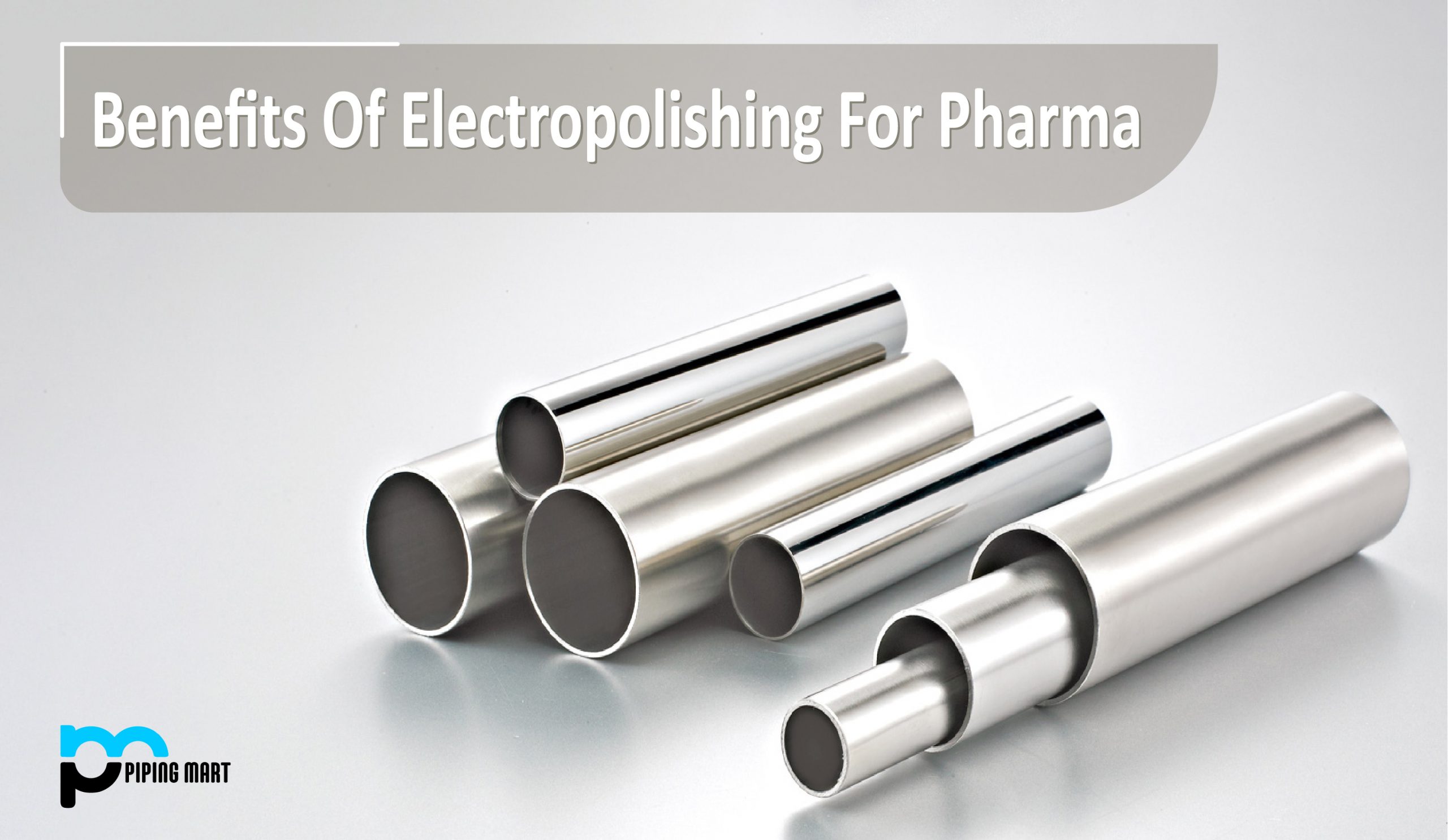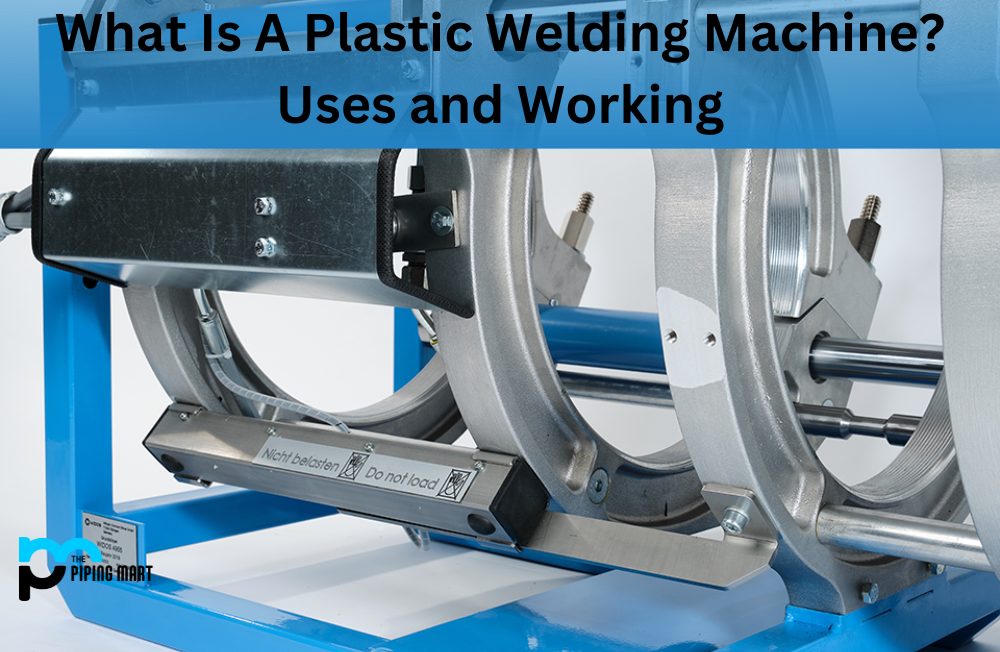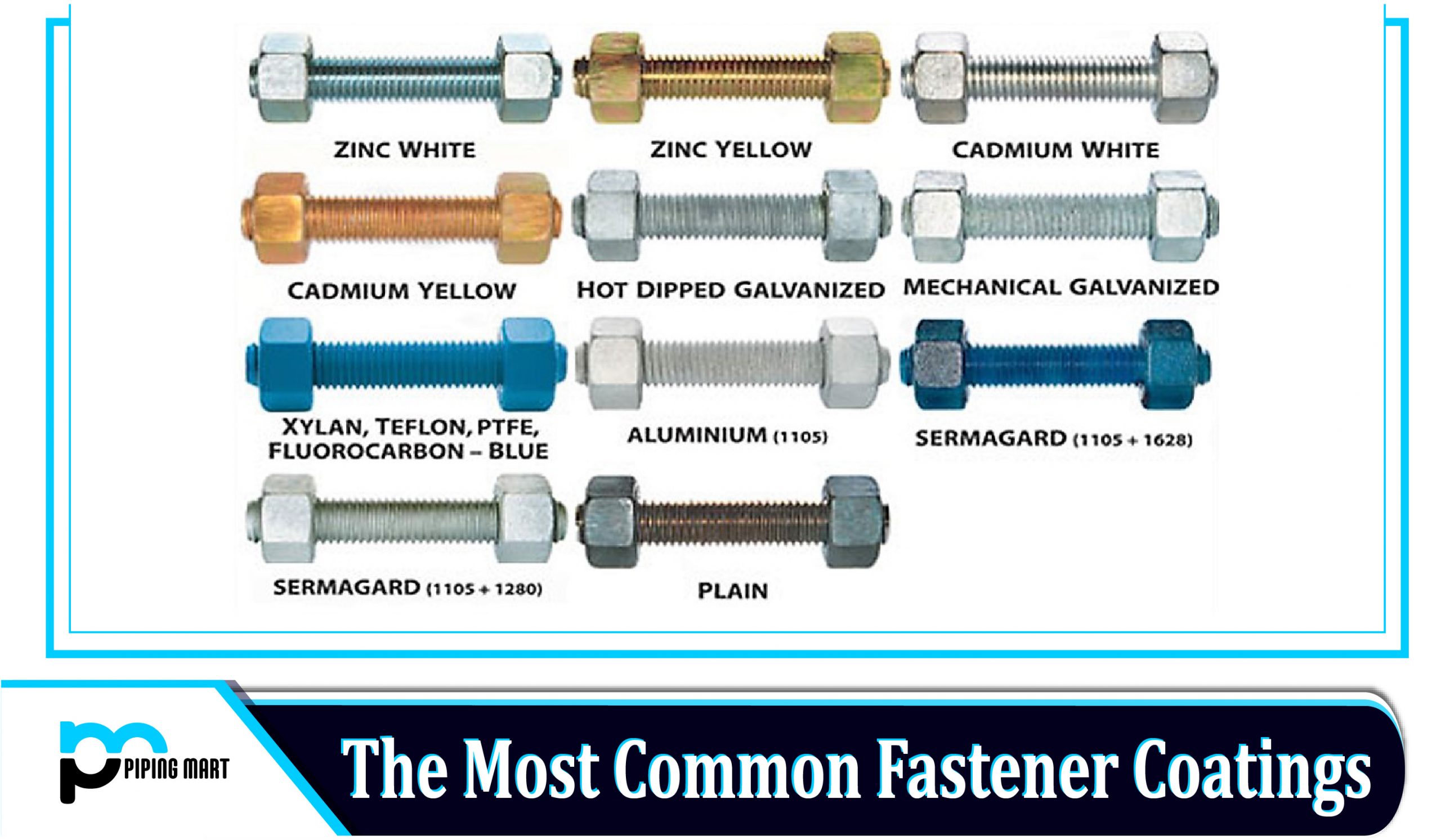What is Electropolishing?
An electrochemical finishing procedure that removes a small coating of material off a metal item, usually stainless steel or comparable alloys, is known as electropolishing. The procedure produces a gleaming, smooth, and ultra-clean surface.
Although it is easy to confuse the two processes, electropolishing is not the same as passivation. Both are chemical procedures that are not mechanical, although only electropolishing uses electricity. Although there is significant industry controversy about the usefulness of electropolishing for corrosion resistance, both techniques are meant to improve corrosion resistance.
So let’s see How does Electropolishing Enhance:
Surface Appearance:
It’s just as vital for a part or tool to look clean in a medical or food context as it is for it to be clean. Stainless steel is electropolished to make it look clean and bright. This makes determining whether a part or instrument is sterile much easy. Weldability is improved by electropolishing stainless steel without changing the surface hardness or introducing peeling or abrading.
Uniformity:
Electropolished stainless steel’s microscopic smoothness gives parts and tools a consistent appearance from one to the next by removing defects like weld and burn scars to produce a mirror-like, flawless finish.
Corrosion Resistance:
The electropolishing procedure eliminates the stainless steel’s outermost surface layer, removing deeply entrenched impurities. It can also remove other metal pollutants including iron, carbon, oxidation from welding, and other surface contaminants that cause corrosion and rust. An electropolished metal’s smooth, ultra-clean surface also decreases product adherence and increases corrosion resistance.
Sanitation:
The flat surface of an electropolished metal is easy to clean and sterilize because it removes microscopic burrs that can trap pollutants and allow product adherence. It stops bacteria from forming on surfaces and suppresses catalytic reactions, allowing equipment to be cleaned and sterilized in less time and with less air/water pressure. Electropolished surfaces prevent products from sticking to them, allowing them to move smoothly through the processing system.
Friction Resistance:
Troubling, or sticky wear caused by microscopic substance transfer between metallic surfaces during motion, is a prevalent problem in complex medical and food processing machinery. Seizing, or the actual fusion of metallic materials can also result. The friction between metal parts is reduced by having a microscopically smooth surface, which helps to prevent galling and equipment seizing.
Structural Integrity:
The fit and function of a component can be harmed by minor flaws in the metal surface, which can result in premature equipment failure. Surfaces that have been electropolished are microscopically smooth, reducing friction in pharmaceutical machinery. Electropolishing can improve the structural integrity of parts damaged by surface cracks, nicks, scratches, and fabrication stresses during the production process by removing the surface layer of metal.
Safety:
Sharps and burrs created by welding or other metal forming processes are removed by electropolishing stainless steel. Metal shapes are made safer for manual usage by deleting them. In a pharmaceutical or food manufacturing scenario, this helps to avoid minor injuries as well as the possibility of contamination from open incisions.

Pipingmart is B2B portal specializes in industrial, metal and piping products. Also, share latest information and news related to products, materials and different types grades to help business dealing in this industry.




